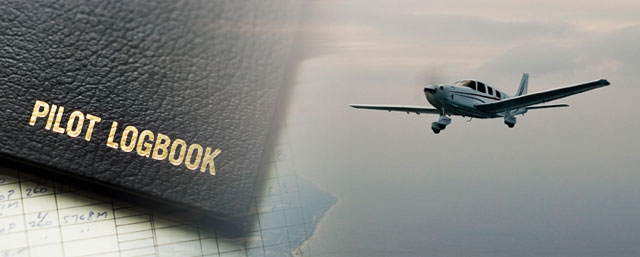
A pilot is taking care of business in the terminal after a two-hour, 30-minute IFR flight. He pays his fuel bill, checks tomorrow’s weather, and patronizes the fixed base’s ACBD (automated caffeinated beverage dispenser).
Taking care not to spill his single-serving dose of hazelnut medium roast on his logbook, the pilot turns to the current page to enter the day’s data.
Abruptly, he stops. How much actual instrument time should he log?
He re-runs the flight in his mind.
About three minutes after takeoff he entered overcast clouds at 3,000 feet. But it was a thin deck. Whoosh, bump, and he was on top.
That kind of thing has usually gone down as a tenth of an hour of “actual,” employing the method for logging time that he has used in his logbooks—he’s on his second one now—since his first instrument lesson. The time to climb through IMC was probably less than that, but he’s never heard of anyone logging fractions of tenths. That’s always been puzzling, but he decides to call it a tenth.
He recalls that after an hour of cruising solely by reference to instruments atop the solid overcast, the ground appeared for about 30 minutes.
That changed again farther along when the clouds gained some vertical development, and for the next half hour the aircraft was in and out of the stuff, constantly.
Based on lessons learned from his instrument training and experience, the pilot continued flying only by the gauges, avoiding the fatigue and potential vertigo of frequent transitions between visual references and the panel. Mostly, the ground wasn’t visible, even when he was flying in clear air. But “clear” didn’t really describe it; conditions more resembled a cloud-laden haze.
Checking weather at the destination, which lay on the warm side of the frontal zone, haze was exactly what he heard being reported on the ASOS broadcast.
It was thick stuff, too, reducing forward visibility to two miles and completely obscuring the ground.
The pilot opted to remain on the gauges during the 24-minute interval flying the transition and a GPS approach. Established on final, at last he established visual contact with the ground at 2,000 feet.
Three minutes later, he landed.
“How much of this flight was under actual instrument conditions?” he wonders.
Earning an instrument rating is guaranteed to be one of the most challenging, rewarding, and fun projects a pilot takes on during a lifetime in aviation. Each week, this series looks at the IFR experience from a new perspective. Catch up on what you may have missed in the IFR Fix archive.



